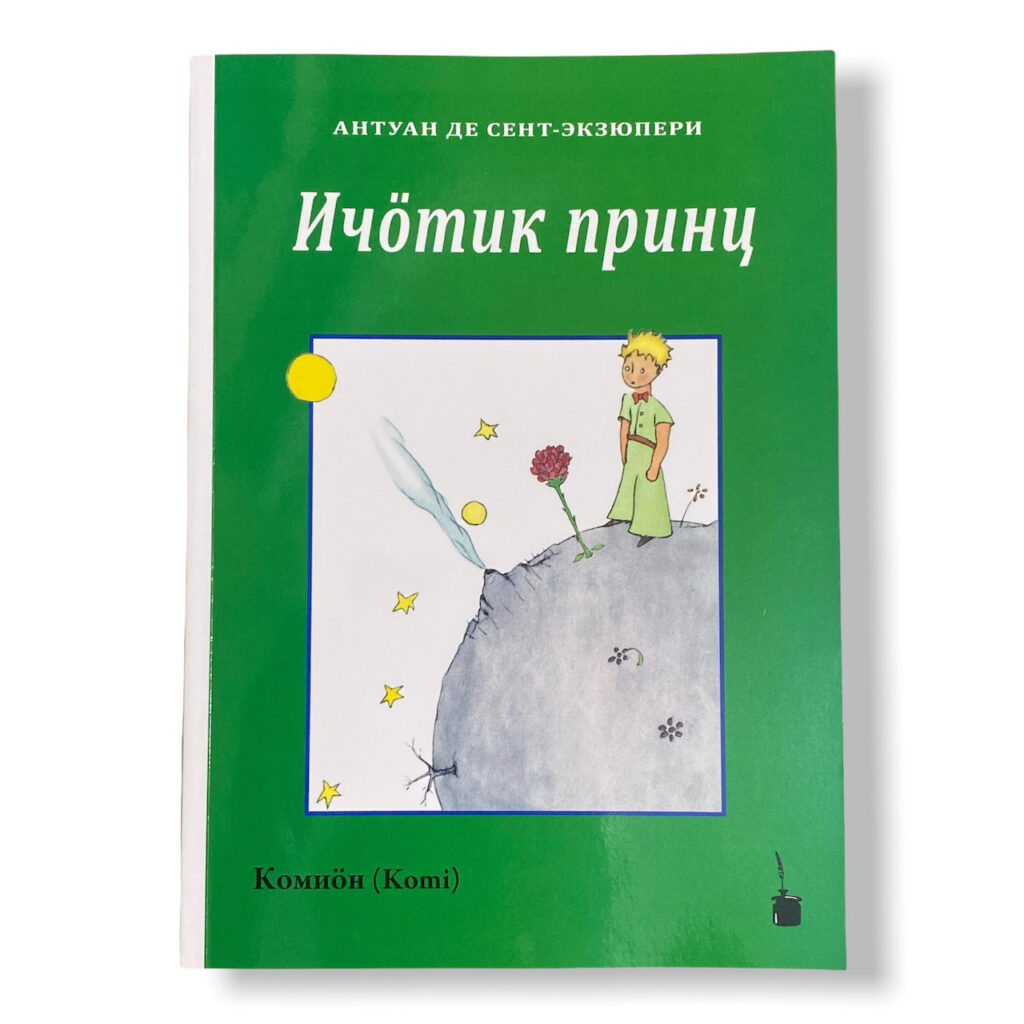
Ичӧтик Принц / Ichötik Prints — in Komi.
The Komi people are an indigenous group who primarily inhabit the Komi Republic, a federal subject of Russia located in the northern part of the country. The Komi people have their own language, which is also called Komi. Komi language (or also called Komi-Zyryan or Zyran languange, or Коми кыв / Komi kyv) is one of the two regional varieties of the pluricentric Komi language, the other regional variety being Permyak.
Komi is a Uralic language, which means it is related to other languages spoken in the Ural region of Russia and beyond, such as Finnish, Estonian, and Hungarian. This language was written in the form of Old Permic alphabet for liturgical purposes as early as the 14th century in the Old Permic script. The alphabet was then replaced by Cyrillic-based script in the 17th century.
The Komi people have a rich cultural heritage that includes traditional folk music, dance, and art. The Komi Republic is known for its natural beauty, with forests, rivers, and lakes providing habitats for a diverse range of flora and fauna. The Komi people have a long history of living in harmony with their environment, and they have developed sustainable ways of using natural resources.


